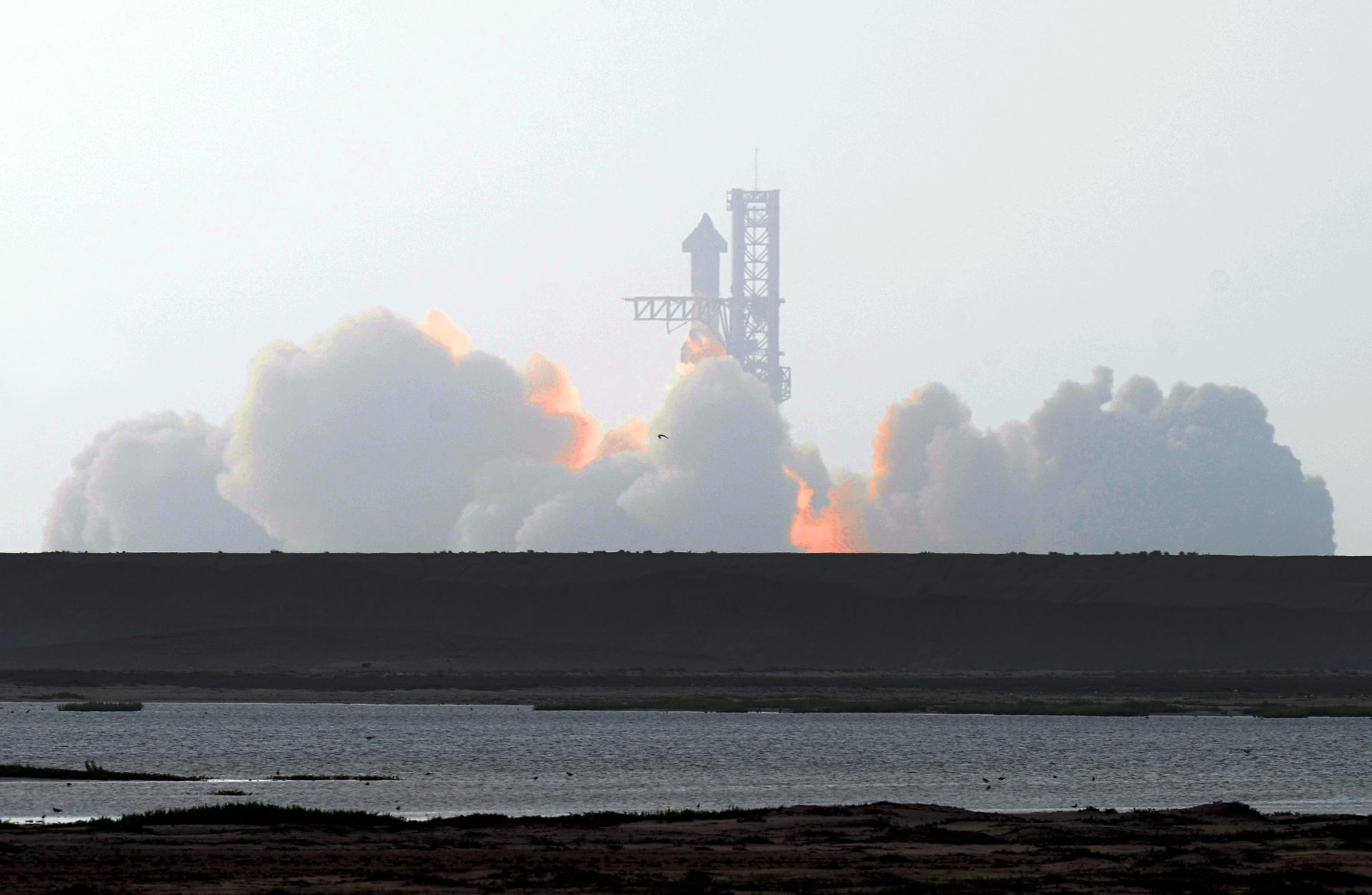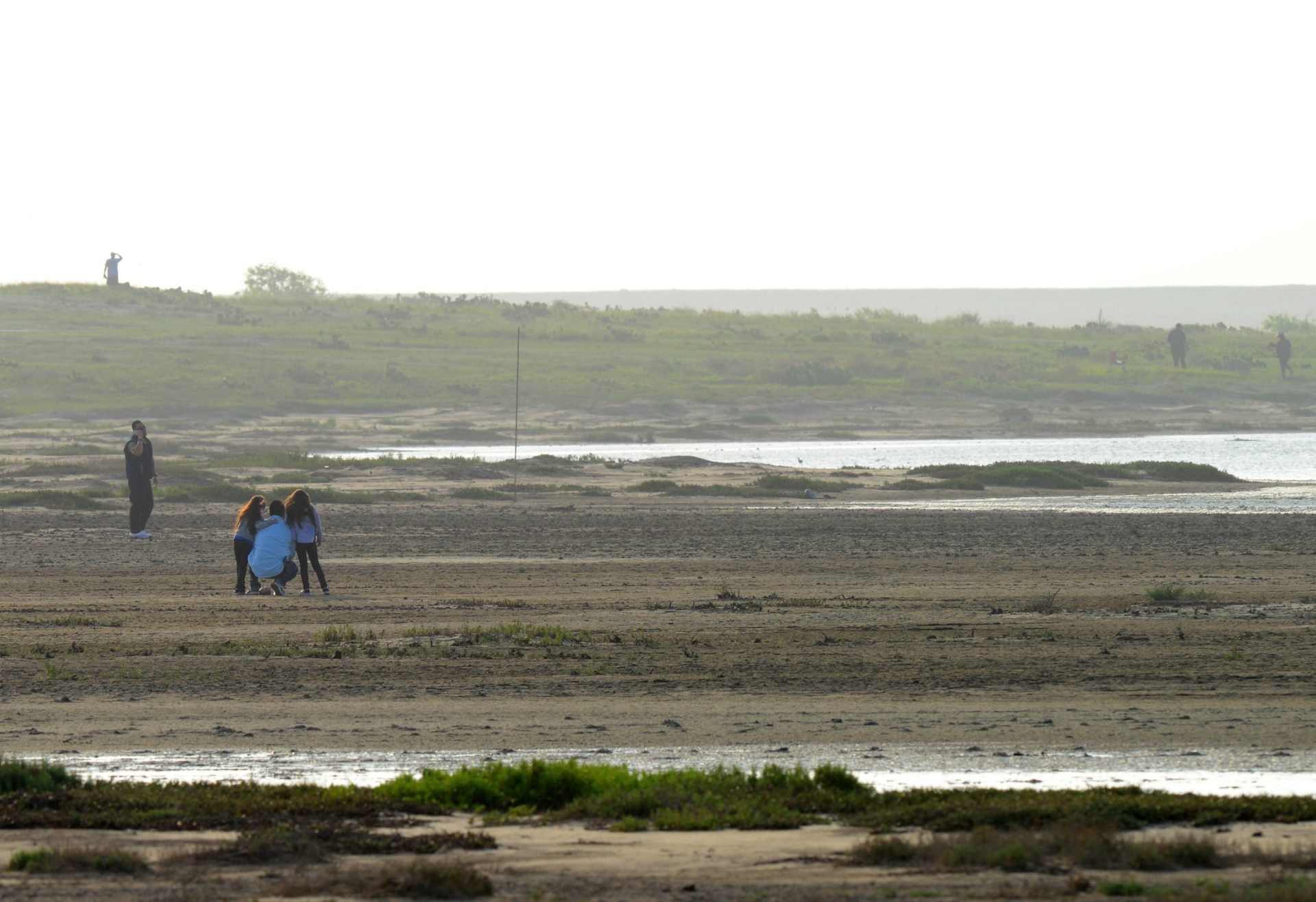|
Only have a minute? Listen instead
Getting your Trinity Audio player ready...
|

The Federal Aviation Administration announced Sept. 8 that it had closed its mishap investigation into the April 20 explosion of a Starship-Super Heavy over the Gulf of Mexico during its first orbital test flight attempt and was requiring 63 corrective actions on the part of SpaceX to prevent further such mishaps with subsequent launches.
Two days later, SpaceX founder and CEO Elon Musk wrote on X (formerly Twitter) that all the corrective actions necessary for a second orbital attempt have already been carried out.
“Congrats to SpaceX for completing & documented the 57 items required by the FAA for Flight 2 of Starship! Worth noting that 6 of the 63 items refer to later flights,” he wrote.
The FAA has not issued a launch license for a second Starship orbital launch attempt from Boca Chica.
Marcus Ward, manager of FAA Safety Assurance Division, in a Sept. 7 letter to SpaceX Starship Reliability Director Shana Diez, described what happened April 20, when an onboard flight termination system destroyed Starship-Super Heavy four minutes into launch after the vehicle veered out of control.
“On ascent, the vehicle deviated from the expected trajectory, resulting in the Autonomous Flight Safety System (AFSS) issuing a destruct command,” he wrote. “After an unexpected delay following AFSS activation, Starship broke up, resulting in the loss of the launch vehicle.”
The FAA required SpaceX to conduct a mishap investigation under agency oversight, concluding after its final review of the report that “the FAA has been provided with sufficient information and accepts the root causes and corrective actions described in the mishap report.”
The 63 corrective actions included redesigning Starship hardware to prevent leaks and fires, more thorough review of the design process, and “redesign of the launch pad to increase its robustness,” Ward wrote.
“During lift-off, structural failure of the launch pad deck foundation occurred, sending debris and sand into the air,” he wrote in the letter to Diez.
SpaceX has filled the hole gouged out under the launch mount by the Super Heavy’s powerful engines and installed and tested, via Super Heavy static-fire engine tests, a water deluge system on the pad to dampen the impact of heat and thrust during launch. Other items on the FAA’s to-do list for SpaceX are fixing the “electric thrust vector control system,” which steers the booster’s engines in flight and thus the vehicle, and addressing problems with the AFSS.

In a Sept. 8 update on its website, SpaceX said it has “enhanced and re-qualified the AFSS to improve system reliability” and also made “significant upgrades” to the launch mount and pad to keep it from being destroyed next time.
“These upgrades include significant reinforcements to the pad foundation and the addition of a flame deflector, which SpaceX has successfully tested multiple times,” the company said.
SpaceX said it has also engineered a new electronic thrust vector control system for the Super Heavy’s engines, one that uses fully electric motors and has few potential failure points, and is more energy efficient than traditional hydraulic systems.
As for why the flight attempt went awry in the first place, SpaceX reported that fires caused by leaking propellant in the aft end of the Super Heavy booster “severed connection with the vehicle’s primary flight computer.”
“This led to a loss of communications to the majority of booster engines and, ultimately, control of the vehicle,” the company said. “SpaceX has since implemented leak mitigations and improved testing on both engine and booster hardware. As an additional corrective action, SpaceX has significantly expanded Super Heavy’s preexisting fire suppression system in order to mitigate against future engine bay fires.”
SpaceX said that testing flight hardware during an actual flight “enables our teams quickly learn and execute design changes and hardware upgrades to improve the probability of success in the future.”
“We learned a tremendous amount about the vehicle and ground systems during Starship’s first flight test,” the company said. “Recursive improvement is essential as we work to build a fully reusable launch system capable of carrying satellites, payloads, crew and cargo to a variety of orbits and Earth, lunar, or Martian landing sites.”
A new, stacked Starship-Super Heavy sits on the launch mount at Boca Chica, awaiting the green light from the FAA.



